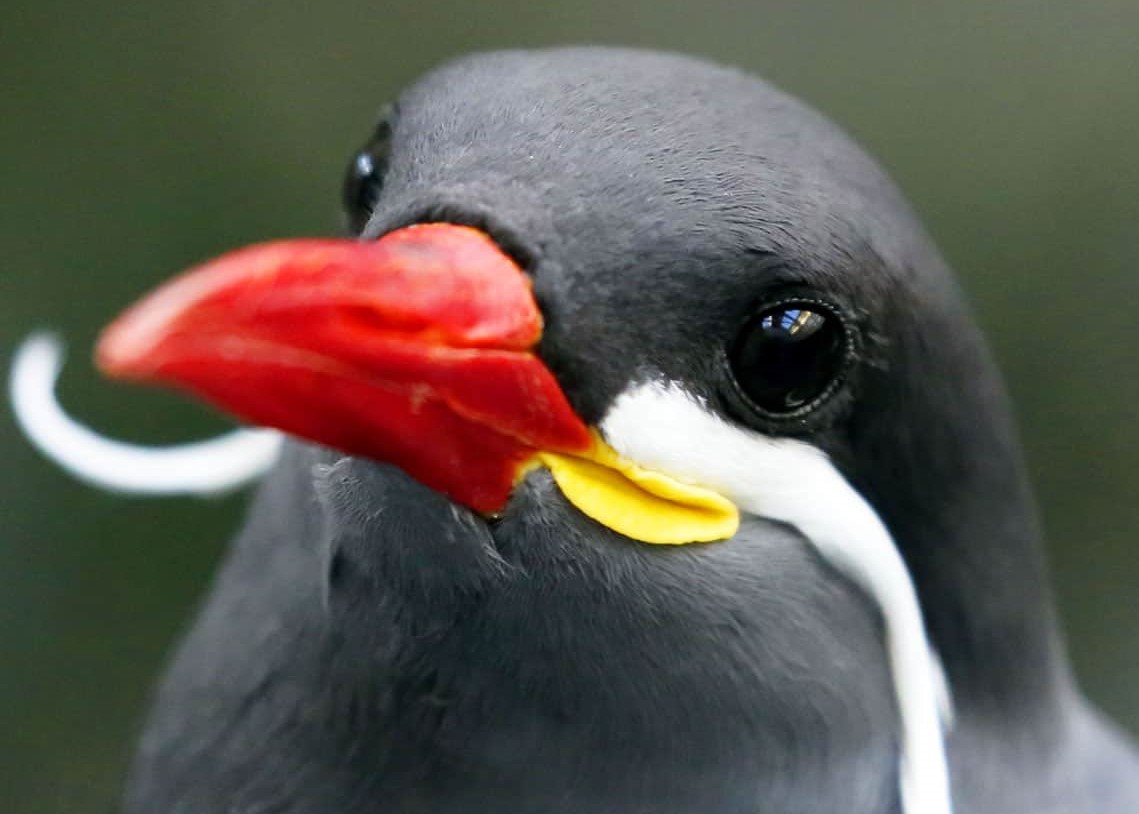Magical DNA in Inanimals
The classification system of Inanimalia can be debated forever, and scientists are constantly arguing over the position of most organisms. All inanimals have an innate connection to a certain field of magic, some multiple. Organisms in this kingdom are classified based on their magical connection, rather than genetic relations and evolution. Inanimals all contain μRNA, or magiribonucleic acid, which is the single concrete requirement for an organism to be classified as an inanimal. μRNA completely replaces DNA in inanimals.
μRNA has only been studied for several thousand years, but scientists are convinced magical organisms have existed far longer than regular organisms. Tracing μRNA back to the beginning of the Yonderverse is a difficult task, but science and magic is constantly advancing and researchers are discovering the history of magical creatures in this vast world.
This is the most confusing paper I've ever written, please send help
Fun Fact!
Scientists still argue over μRNA, and whether or not it should be used to classify inanimals. It will forever be a topic of discourse in the scientific community.History
Magical creatures have embedded themselves into cultures across the Yonderverse. Their existence broke the bounds of science which led people scrambling to find the answers as to how these animals existed. Magical DNA, or μRNA, was "first" isolated around two thousand years ago by a magibiologist on Griez.
While there may or may not have been scientists working with μRNA in the past, Dr. Higa Alteligo was the first to publish a formal paper documenting her findings. The paper has been preserved in the Milky Way Historical Museum, who definitely did not steal the original copy to put it on display.
mRNA Components
The addition of two extra nucleobases in the μRNA sequence makes the genetic code much more complex. Inanimal cells contain 45 naturally occuring proteins, as opposed to 20 in other organisms.
Genetic Code
The addition of two new nucleotides means the genetic code is much more complex. Inanimals have 33% more ribosomes than other organisms of their general size, to allow more proteins to be generated from these more sophisticated RNA sequences.
RNA is pretty much one half of a DNA/μRNA sequence. DNA is found in the nucleus of every cell in the living body, but it needs to leave the nucleus to . Copies of one of the two strands of DNA are made which can squeeze out of the nucleus and arrive in the cytoplasm, where ribosomes are found.
These ribosomes will read the genetic code, three bases at a time (a codon), and take amino acids from the surroundings and organise them based on the sequence. These amino acids form a number of different proteins based on the formation of the amino acid chain.
RNA does not use the exact same nucleobases that μRNA uses. Uracil takes the place of thymine, leaving adenine, guanine, cytosine, cerebrine, and animine in RNA sequences.
Proteins formed by the ribosomes then go on to do a number of things, such as build up cells to form a living organism.
Nucleobases
Two nucleobases are exclusive to μRNA, cerebrine and animine. They can be shortened to Ce and An, to avoid confusion with cytosine and adenine.
These nucleotides covalently bond to form their unique base pair, and instead of providing chemical energy for metabolism as the other base pairs do, these nucleotides provide magical energy.
This key difference is what separates inanimals to other organisms that also utilise magic.
Artificial Gene Synthesis
μRNA can be synthesised and inserted into any organism to completely alter their biological structure. Organisms that are not inanimals will not naturally have μRNA, but their DNA sequence can be replaced with it. This artificial synthesis does not require any template μRNA and can be done on its own. This method also negates natural limits on nucleotide size or sequences.
This process is incredibly difficult and requires sophisticated machinery. Many laboratories have mastered the art of spontaneously synthesising μRNA, literally crafting their own organisms. Artificially synthesising DNA is more common than μRNA, as μRNA adds another level of complexity, but synthesising μRNA is still seen in some areas to create organisms perfectly designed to suit a person's needs. The ethics of this are debatable.
Utilising Magic VS Innate Connections With Magic
Utilising Magic
Any organism, regardless of whether or not they are an inanimal, can utilise magic. Utilising magic in its base forms is accessible to anything and everything, including the simplest of single-celled organisms.
Generally speaking, the more intelligent an organism is, the better understanding of magic they have. Its capabilities and its limites aren't understood by most, and the average organism won't have full control of the magic they wield.
Innate Connections
Inanimals, and a handful of other organisms, have innate connections with different magics. μRNA codes for these magical affinities - the proteins made from these magical sequences unlocks a deep-set, dormant magical prowess.
This can be unlocked artificially, by inserting μRNA into an organism, rewriting embryos, and several other options.















I love your scientific approach to tackle your magical creatures! <3
Thank you so much! :D